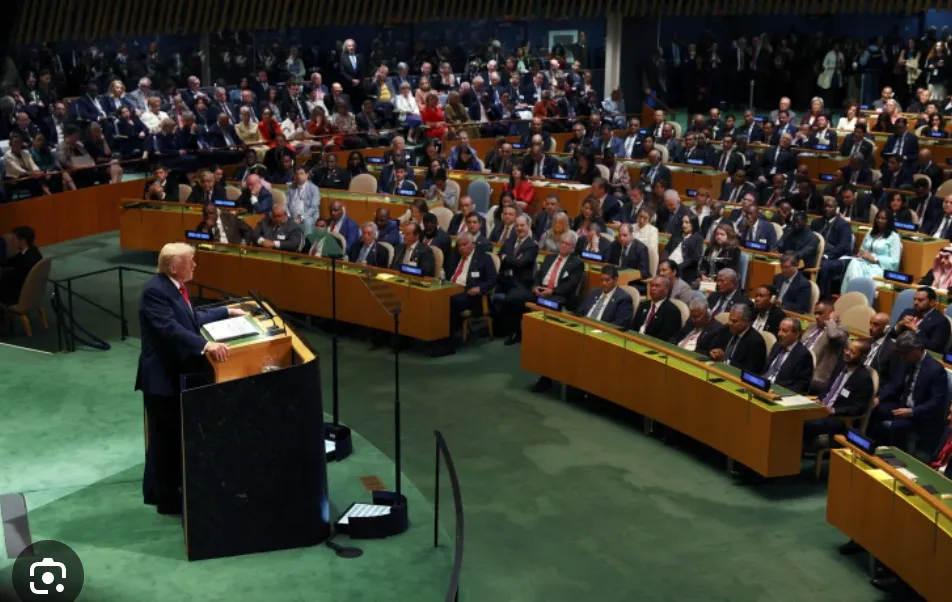
A contentious issue?; Acknowledge the differing priorities in the room
I recently watched a major international address, with an apolitical lens, that proved a point: even the highest office doesn’t protect you from weak executive communication.
When addressing large, diverse groups, leaders need to manage two things well: acknowledge the differing priorities in the room and then tackle the shared expectations that unite the audience.
So…
• Know your audience.
Broad audiences don’t want to sit through local details that only matter to you. They expect you to connect with what matters to them.
• Stay in your lane.
Giving directions without the authority to enforce them looks like overreach. Leadership isn’t about telling people what you’d like them to do.
• Back it up.
“Many people agree” is not evidence. Inflated numbers or vague claims weaken your message. Real facts, verified and specific, make it stronger.
• Retire the tired lines.
Recycled myths and slogans might stir applause at home, but they don’t persuade wider audiences. Fresh ideas get attention.
• Build, don’t bully.
Partnerships create progress. Threats and one-sided demands only damage credibility. In response, people will either pushback or run. Neither is ideal.
A loud microphone doesn’t give you a mandate. The leaders who earn respect are the ones who speak with humility, clarity, and purpose.
What works inside your organization can easily miss the mark when executives step in front of broader audiences. It’s the communicator’s role to catch those blind spots and shape a message that translates beyond internal group speak.
Got a date with a tough audience coming up? I’ll help you sharpen your message so it resonates to an audience, beyond your internal circle.
Let’s connect to unpack this practice.
#executivecommunications #mediatraining #spokesperson #corporatecommunications #reputation
